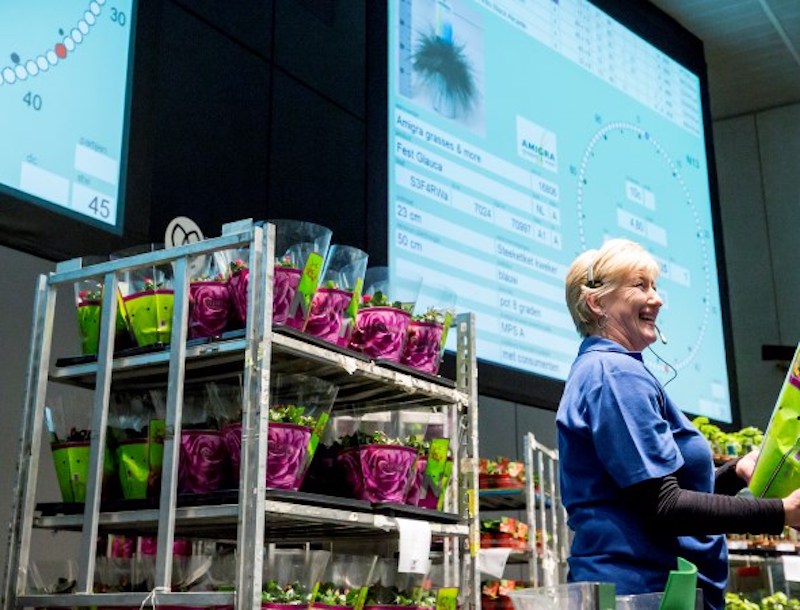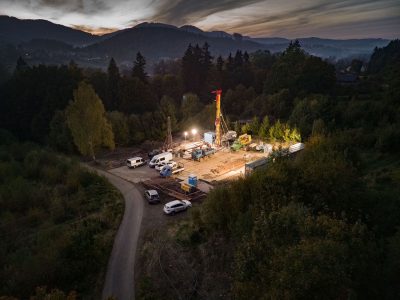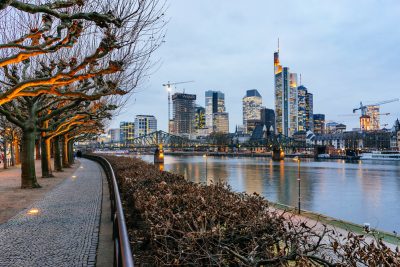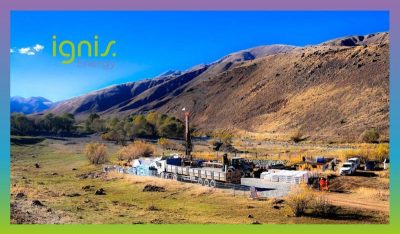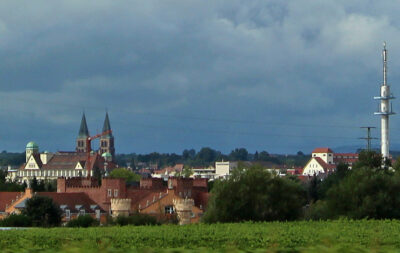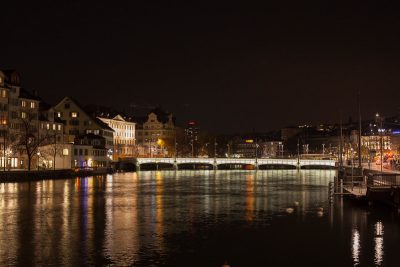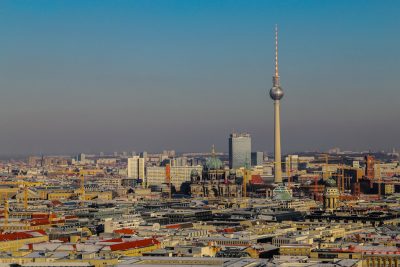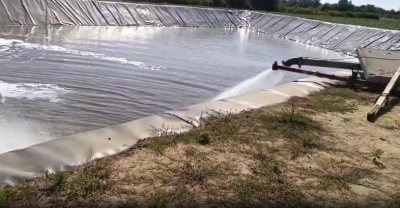Geothermal heat to help largest flower auction firm on sustainability efforts
The world largest flower auction company, Royal FloraHolland puts geothermal energy at the core of its sustainability policy utilising it for the heat demand for its auction operations in the Netherlands.
Royal FloraHolland, legally Koninklijke Coöperatieve Bloemenveiling Royal FloraHolland U.A., is a Dutch conglomerate of florists. With auction places in six places in the Netherlands, the auction houses are home to the largest flower auction in the world. Well over 20 million flowers and plants are sold at Royal FloraHolland every day.
With large sustainability and renewable energy efforts by the Dutch horticulture sector, it is maybe not surprising that Royal FloraHolland is looking at sustainability, with solar panels for cooling cells of flowers, and geothermal for plants.
The goal, so an article in Business Insider, is to use energy and heat more efficiently. “It is important to be aware of the negative impact of our sector. You can find the hotspots by investigating what that is. At our locations it is mainly about energy: power consumption and heat. How can you make our energy consumption CO2 neutral and perhaps even give it a positive impact? I deal with issues like that. “, so Piet Briet from Royal FloraHolland.
One of the biggest elements of its sustainability efforts and policy is the utilisation of geothermal energy for heat. Royal FloraHolland is partner to the Trias Westland geothermal project, which we have been reporting on before. From 2021, geothermal energy will be purchased to replace part of the gas consumption at the auction location in Naaldwijk.
“A 2.5 kilometer deep reservoir has been drilled near our location in Naaldwijk where hot groundwater will be pumped up. A heat exchanger ensures that after use, the cooled water flows back into the same layer of earth where it can heat up again and subsequently be pumped up again, ”explains Briët.
“There are 50 other local customers with whom we share the source. For example, if another company needs a slightly lower temperature, the water first passes them before it goes back into the ground. “
For the full article see link below.
Source: Business Insider
